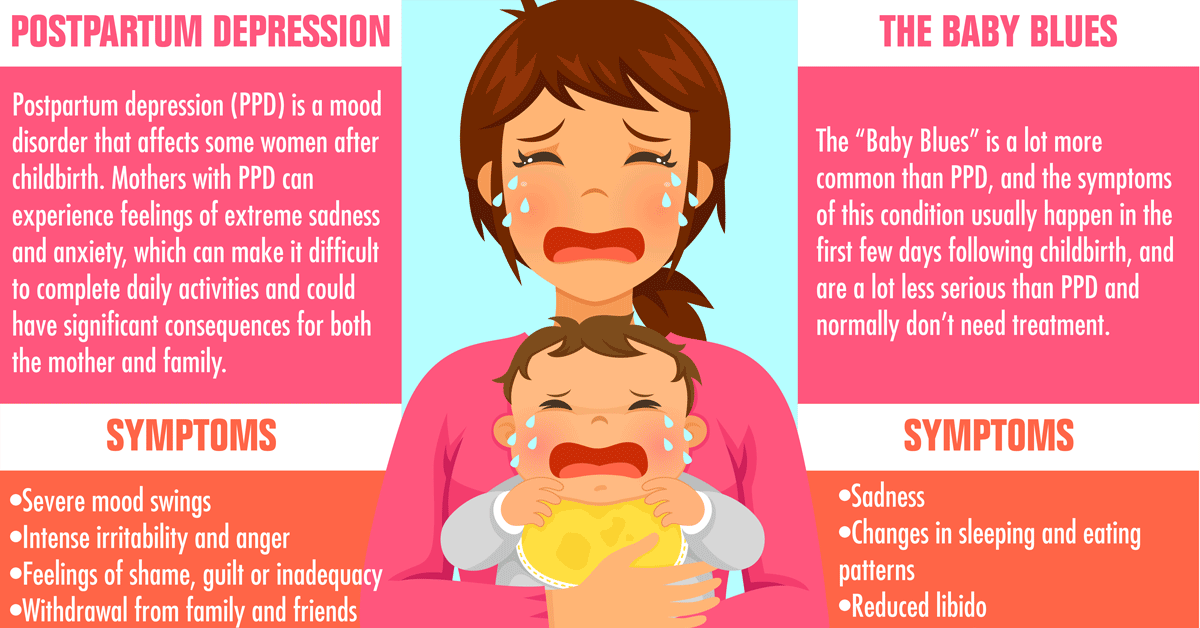What Is Partial Hospitalization
What Is Partial Hospitalization
Blog Article
Humanistic Treatment Vs. Psychoanalysis
While psychoanalysis and humanistic treatment have some similarities, they differ significantly in their sights on human behavior. As an example, while psychoanalysis checks out unconscious objectives and early childhood experiences, humanistic treatment focuses on the mindful mind and personal development.
Psychoanalysis intends to explore subconscious inspirations and past experiences to resolve troublesome behaviors and emotions. Nevertheless, it can be a lengthy and extensive process.
Sigmund Freud
Psychoanalysis is based on the concept that human habits is driven by subconscious forces. These are frequently rooted in childhood years experiences of attempting to satisfy standard requirements, but continue to be out of the person's aware understanding. As grownups, people make use of a range of defense reaction to avoid these forces from becoming as well acute. These consist of repression, variation (carrying sex-related drives into socially acceptable tasks), and sublimation (funneling power right into art, work, or exercise).
The psychoanalytic method entails delving right into the unconscious and analyzing dreams. This procedure is assisted in by a solid therapeutic partnership. Individuals might initially reveal resistance to treatment, however this can be gotten over by "working through" disputes. Freud believed that a few of these problems were related to previous relationships and childhood years experiences. He developed healing techniques such as free association and desire analysis, and he introduced the principle of transference, in which individuals reroute their sensations toward the specialist. Regardless of these advantages, psychoanalysis has its critics.
Carl Rogers
Rogers pioneered the humanistic approach to psychology. He believed that people normally strive to expand and become the very best variations of themselves. He also highlighted that the aware mind is more important than unconscious influences. This approach was mirrored in his client-centered therapy, which concentrated on building a restorative connection. It additionally incorporated compassion and unconditional positive regard, which is a nonjudgmental mindset from the therapist.
The humanistic approach to psychology is still widely made use of in education and learning, cultural relationships, nursing, and social connections. Rogers' job influenced modern psychotherapy and was the motivation for techniques like motivational speaking with.
Rogers began his career in agriculture and was a priest before changing to psychology. He published 2 significant publications, Counseling and Psychotherapy and Psychiatric Therapy and Personality Change. He was likewise the very first to audio-record his sessions and movie them for scientific study. He was a teacher at Ohio State College and the University of Chicago before transferring to California to operate at Western Behavioral Sciences Institute.
Client-centered therapy preparation
Like psychoanalysis, humanistic therapy concentrates on constructing a solid therapeutic partnership. It motivates clients to confront their existential issues, and it highlights personal development and self-acceptance. Unlike psychoanalysis, which focuses on unconscious inspirations and previous experiences, client-centered treatment stresses favorable elements of the human experience.
Specialists ought to show unconditional favorable respect and empathy for their individuals. This helps them build a trusting and considerate connection, and it enables them to comprehend the customer's perspective. They can do this by sharing real responses and asking inquiries to clarify their sight of the client's problems.
A specialist ought to additionally be non-directive and enable the customer to drive the sessions. They must prevent giving suggestions and allow the client express their feelings. They can likewise assist the customer discover to deal with hard feelings by showing their thoughts and sensations back to them. This is called active listening. It is an important tool for boosting the efficiency of client-centered treatment.
Treatment objectives
In humanistic therapy, the specialist will frequently tackle a less-directive role and permit customers to discuss their ideas easily. They will urge compassion and support and will certainly have the ability to supply unconditional favorable regard. These facets of the therapeutic partnership will certainly be key in facilitating self-awareness and individual growth. The specialist might use methods like gestalt treatment and existential therapy to advertise these objectives.
Unlike psychoanalysis, which focuses on uncovering subconscious ideas and desires, humanistic therapy is a lot more oriented in the direction of personal growth and self-awareness. It likewise highlights the idea that individuals are inherently best therapy for depression great and drive in the direction of self-actualization.
In addition, humanistic therapy can be valuable for getting over negative judgments from others. It can also assist you handle hard feelings and emotions such as sadness or stress and anxiety. You will certainly find out to approve your emotions and develop healthy coping skills. You will certainly likewise discover principles such as liberty and obligation for your actions. These themes are main to humanistic treatment and can be helpful in dealing with clinical depression, anxiousness, and personality disorders.